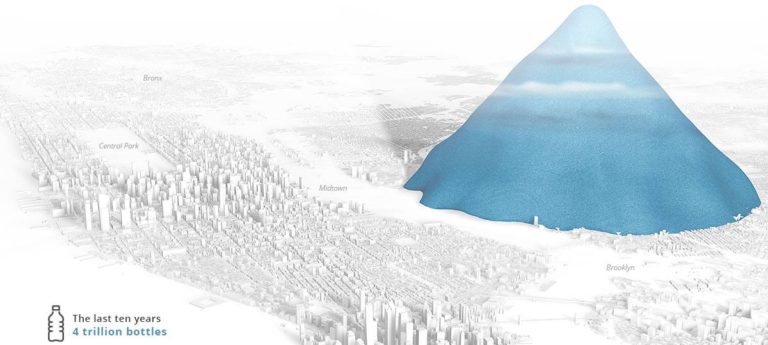Advertisements
A recycling is one of the most important and accessible practices to minimize environmental impact and promote sustainability. Although it may seem like a complex process, it can be implemented efficiently in any home, requiring only a little effort. organization and awareness. This article explores recycling best practices, focusing on waste separation methods, and how these practices can be incorporated into everyday life to ensure that waste is processed correctly.

The Importance of Recycling and Organization
A recycling is a vital process for environmental sustainability, as it reduces the need for extraction of natural resources and reduces the amount of waste sent to landfills. organization is an essential element in this process, starting at home. When waste is properly separated and organized, the recycling process becomes more effective and less laborious for both consumers and waste sorting centers.
However, many people still have doubts about how to start implementing practices waste separation in their homes. The key to success is understanding the different types of recyclable materials and how they should be separated to facilitate the recycling process.
Waste Separation Methods
One of the main components to recycle is the waste separation method. In many households, the basic separation is between recyclable and organic waste. However, to maximize efficiency, it is recommended to further separate recyclable materials into categories such as paper, metal, glass and plastic. This level of separation not only makes collection work easier, but also ensures that more materials are reused.
- Paper: Includes newspapers, magazines, cardboard boxes, and other clean paper materials.
- Metal: Aluminum cans, steel cans and other uncontaminated metal items.
- Glass: Glass jars and bottles, regardless of color.
- Plastic: This is the most varied, including PET bottles, cleaning product packaging, and lids.
Each type of material has its own selection process, and separating them properly from the beginning can increase recycling success rates.
Challenges in Plastic Separation
THE waste separation method You should pay special attention to plastic, which is the most common material found in recyclable waste. However, the different types of plastic complicate the process. There are several classifications of plastic, from PET (used in soda bottles) to PVC (found in plumbing). Each type of plastic requires a specific process to be recycled, which makes initial separation crucial.
Additionally, plastic must be cleaned before it is recycled. For example, bottles and packaging should be rinsed to remove food or chemical residue. This not only improves the quality of the recycled material, but also prevents odors and attracting insects.
Cleaning Recyclable Materials
An often overlooked but essential practice for a recycling effective, is the cleaning of materials before disposal. Dirty or contaminated materials can compromise an entire batch of recyclables, causing it to be rejected and sent to landfills. Therefore, organization includes ensuring that recyclables are free from contaminants.
- Paper: Avoid recycling wet or oily paper. Contaminated paper, such as used napkins, should be disposed of as organic waste.
- Plastic: Wash bottles, jars, and other plastic containers. Remove lids and labels if possible.
- Glass: Rinse glass bottles and jars to remove any residue.
In addition to improving quality, cleaning materials also prevents the proliferation of pests and the formation of unpleasant odors at collection points.
Common Questions and Recycling Symbols
Many packages feature symbols that indicate the type of material and whether it is recyclable. These symbols are essential in helping consumers determine the correct disposal of each item. For example, the triangle with a number in the center is a code that indicates the type of plastic. Understanding these symbols can make the recycling process much easier. organization It is recycling at home.
However, there are still many questions about what can and cannot be recycled. It is important that people consult local recycling guidelines. recycling to ensure that they are separating and disposing of waste correctly. Information about collection centers and local recycling programs can also be obtained from city halls and environmental agencies.
Social and Environmental Benefits of Recycling
In addition to the environmental benefits, recycling also plays an important role in the social sphere. Many programs recycling involve cooperatives that generate jobs and income for low-income communities. In addition, the recycling promotes awareness of the need to reduce consumption and reuse materials, contributing to a more sustainable lifestyle sustainable.
By adopting practices of recycling and improve the organization in waste disposal, each person can contribute to a cleaner and sustainable. Changes start at home, with small actions that, when taken together, generate a significant impact on the environment and society.
A recycling is more than just an environmental practice – it is a social responsibility that we must all take on. With a good organization and understanding of waste separation method, anyone can contribute to the preservation of the planet and the well-being of future generations. Through a collective effort to adopt recycling practices effective, we can make a difference in the world by promoting a lifestyle sustainable and helping to conserve natural resources for the future.
Check out other interesting facts about recycling clicking here.
Learn how to make art by recycling, Click here.



